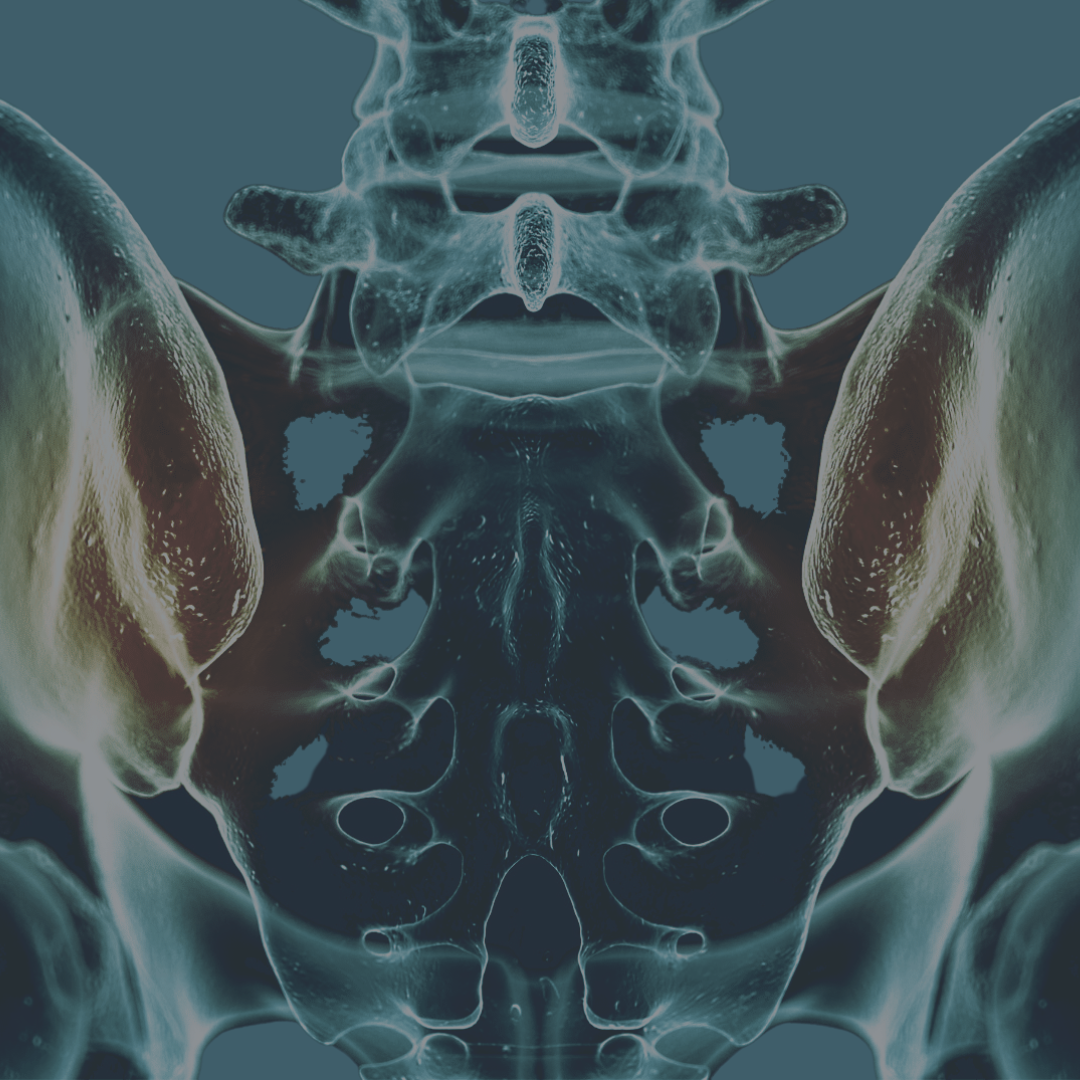A Quick Guide to SI Joint Pain
What is the SI Joint?
The SI joints, or sacroiliac joints, are the connection between the base of your spine and the ilium, which is part of the pelvic, or hip, bone. These joints support the weight of your body and act as shock absorbers. The bones that make up the SI joint are connected by ligaments and muscles that allow limited movement, which is necessary for standing upright and even for giving birth. There is also cartilage that lines these bones and lubricating fluid within the joint space. It can be painful if the bones are out of alignment or the cartilage breaks down, causing the bones to touch.
What are some causes of SI joint pain?
SI joint pain often presents as sharp, stabbing pain in the pelvis or hips that can radiate up to the low back or down into your thighs. Inflammation of the SI joints is known as sacroiliac dysfunction or sacroiliitis. One or both of your SI joints can be affected.
This can happen commonly in pregnancy due to a hormone called relaxin that causes increased elasticity of the SI joints in preparation for delivery of the baby. It also makes the joints less stable. Other common causes are osteoarthritis, ankylosing spondylitis, repetitive high-impact activities such as running, prolonged lifting or bending, and traumatic injuries such as car accidents.
What are my treatment options?
We always treat SI joint dysfunction conservatively before discussing surgical options. Conservative treatment of SI joint dysfunction includes rest, physical therapy, low-impact exercise, bracing, and anti-inflammatories.
The next step in treatment would be to discuss steroid injections into the SI joint. These injections prove diagnostic and therapeutic - meaning they should help with your pain and give us important diagnostic information to guide your care further.
The last resort for treatment of sacroiliac joint dysfunction is surgery. The recommended surgical procedure is an SI joint fusion, which involves inserting a small titanium implant to stabilize the SI joint.
If you’d like to learn more about this procedure or what treatment options would be best for you, contact our office to set up an appointment with Dr. Mulholland or Kylie.


